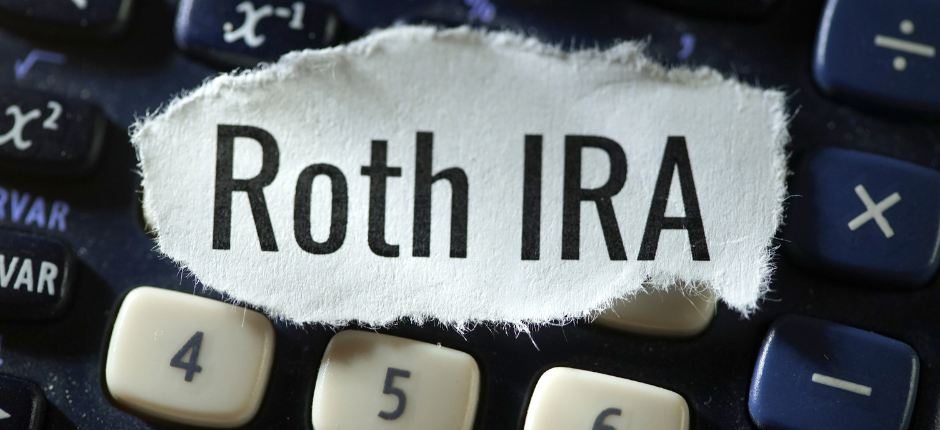When it comes to saving for retirement, there are many options available. One of the current popular options is the Roth IRA. But what exactly is a Roth IRA, and how does it work?
An IRA, individual retirement account, by definition is a retirement savings account in which income taxes on certain deposits and on all gains are deferred until withdrawals are made. Thus, the Traditional IRA allows you to contribute pre-tax dollars to your account, which means you can reduce your taxable income for the year. However, when you withdraw your funds during retirement, you will need to pay taxes on the amount you withdraw. Additionally once you reach the qualifying age (which is currently 72 ½ ), you will be required to take Required Minimum Distributions (RMDs) from your traditional IRA each year.
On the other hand, a Roth IRA is a type of individual retirement account that allows you to save money for retirement on a tax-free basis. That means that you won’t have to pay taxes on the money you withdraw from your account in retirement.
The main difference between the two: how and when you get a tax break. Contributions to Traditional IRAs are tax-deductible, but withdrawals in retirement are taxable. Contributions to Roth IRAs are not tax-deductible, but the withdrawals in retirement are tax-free.
One of the key benefits of a Roth IRA is its flexibility. Unlike other retirement accounts, there are no required minimum distributions, which means you can continue to contribute to your account for as long as you like, allowing for continued tax-free growth. Additionally, you can withdraw your contributions at any time without penalty, although you will need to wait until age 59 ½ to withdraw any earnings without penalty.
One thing to consider is your current tax bracket. If you are currently in a higher tax bracket, contributing to a Traditional IRA may make sense since you will be able to reduce your taxable income. However, if you expect to be in a higher tax bracket during retirement, a Roth IRA may be a better choice since your withdrawals will be tax-free.
In conclusion, Roth IRAs have their advantages and disadvantages. It’s important to consider your current and future tax situation, as well as your retirement goals, when deciding which type of IRA to choose. A financial advisor can help you navigate these decisions and create a retirement plan that meets your unique needs.
The information has been obtained from sources considered to be reliable, but we do not guarantee that the foregoing materials are accurate or complete. This material is being provided for information purposes only and is not a complete description, nor is it a recommendation. Any opinions are those of Gainspoletti Financial Services and not necessarily those of Raymond James. Investing involves risk and you may incur a profit or loss regardless of strategy selected. Every investor’s situation is unique and you should consider your investment goals, risk tolerance and time horizon before making any investment. Raymond James and its advisors do not offer tax or legal advice. You should discuss these matters with the appropriate professional.

